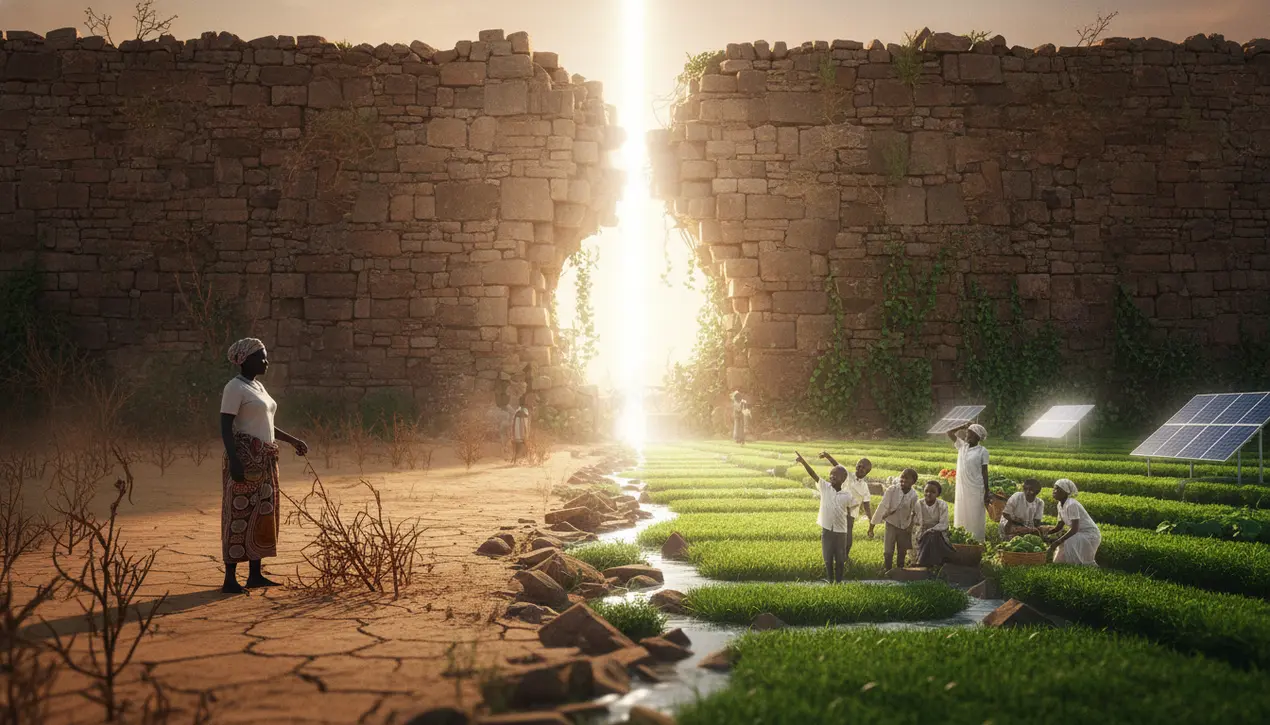
Scienceclimate science
Integrating Climate and Development Finance for Global Progress
RA
Rachel Adams
2 hours ago7 min read2 comments
For too long, the global conversation has artificially cleaved climate action from development, treating them as parallel tracks rather than the deeply intertwined strands of a single, fraying rope. This illusion, a dangerous and persistent one, has allowed financing streams to remain segregated, with climate funds often siloed away from the core investments needed to lift communities from poverty and build resilient infrastructure.The delegates convening at this year’s United Nations Climate Change Conference face a historic imperative: to finally acknowledge that you cannot have development on a dying planet, nor can you achieve meaningful climate progress without addressing the urgent needs of the developing world. Consider the stark realities on the ground.A farmer in sub-Saharan Africa grappling with prolonged drought isn't facing two separate crises—one environmental and one economic. She is facing one existential threat.Her failed harvest is a direct consequence of a changing climate, and without access to financing that helps her adopt drought-resistant crops or efficient irrigation, her family's development is permanently stunted. Similarly, a coastal community in Southeast Asia watching its shoreline erode and its freshwater sources salinate doesn't need a climate fund for a sea wall and a separate development loan for a new school; it needs an integrated solution that builds a climate-resilient community where education and safety are mutually reinforcing.The current fragmented system, with its labyrinth of green bonds, adaptation funds, and traditional development aid, often creates inefficiencies and bureaucratic nightmares for the very nations most in need. The data is unequivocal; a report from the World Resources Institute highlights that combining climate and development objectives could unlock trillions in co-benefits, from creating green jobs to reducing healthcare costs associated with pollution.The path forward demands building a unified financing architecture, one where every dollar invested in a new energy grid is evaluated for its emissions profile, and every micro-loan for a small business considers the enterprise's vulnerability to climate shocks. This isn't merely an economic recalibration; it is a moral and pragmatic necessity for global progress, a final chance to weave a safety net strong enough to hold both our planet and its people.
#climate finance
#development finance
#United Nations
#COP
#integrated funding
#global policy
#editorial picks news
Stay Informed. Act Smarter.
Get weekly highlights, major headlines, and expert insights — then put your knowledge to work in our live prediction markets.
Comments
Loading comments...
© 2025 Outpoll Service LTD. All rights reserved.